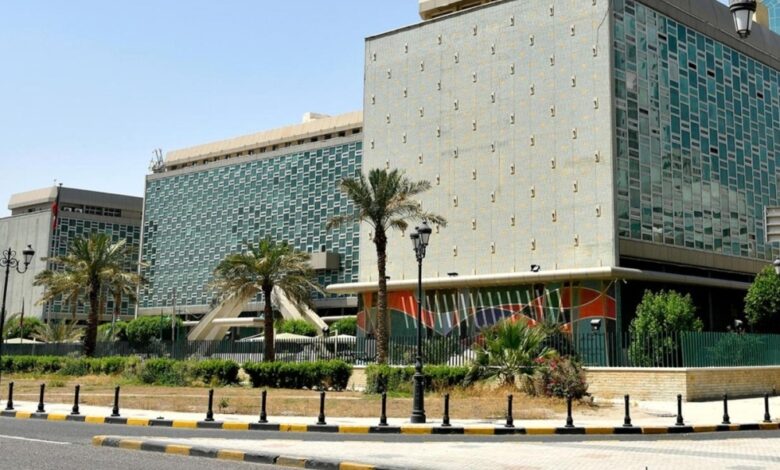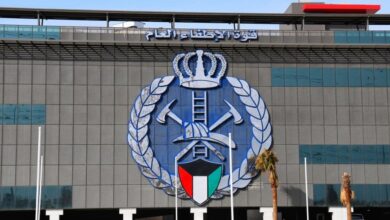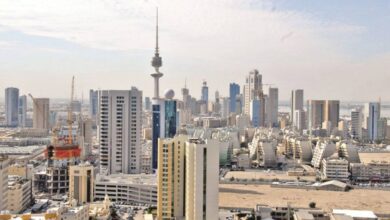Kuwait eyes strategic rebranding of ministries to support economic, urban transformation

Changing the names of ministries and government institutions often signals more than a mere rebranding — it reflects a broader intention to redefine roles, assign new responsibilities, restructure operations, or even prepare for future mergers and administrative reforms. These changes typically align with long-term national strategies that aim to modernize the government’s framework and enhance its performance.
A recent example is the Cabinet’s decision to rename the Directorate-General of Civil Aviation as the Public Authority of Civil Aviation, a move that was made in accordance with newly passed legislation. This change has sparked speculation about whether other institutions may soon follow suit — particularly the Ministry of State for Municipal Affairs, which could be renamed the Ministry of Urban Affairs and Planning, and the Public Authority for Roads and Land Transport, which may become the Public Authority for Public Transport, reports Al-Jarida daily..
The rationale behind such name changes lies in the need to adapt to evolving economic, social, and political landscapes. Updating an institution’s name is more than symbolic; it reflects changes in its mission, priorities, and structural responsibilities. For instance, separating overlapping roles or merging similar entities under one umbrella can reduce redundancy and enhance operational efficiency.
The Civil Service Commission, as a key regulatory authority, plays a vital role in facilitating these transitions by aligning them with Cabinet directives and national development goals.
Improving the clarity of institutional responsibilities and streamlining communication with the public and stakeholders are also major motivations for name changes. Enhanced performance, greater transparency, and a better public image are often the intended outcomes.
Observers note that beyond administrative logic, rebranding can have a positive psychological impact—reshaping public perception and breathing new life into a ministry or authority. A new name can project a fresh identity, signaling a more modern, responsive, and capable institution.
In this context, name changes are not cosmetic but strategic—serving as part of broader development and modernization efforts aimed at achieving national objectives and improving government efficiency.
According to recommendations made by the Municipal Council’s Master Plan Committee, which conducted extensive research for the Fourth Master Plan (2040), a major proposal is to transform the Ministry of Municipal Affairs into the Ministry of Urban Affairs and Planning. The plan also calls for the Master Plan Department to be elevated to a sector reporting directly to the minister—separate from the Municipal Council.
These recommendations emphasize the need to reform outdated legislative frameworks that currently cause overlap and inefficiencies between different authorities and the Master Plan body. Under the proposed changes, this body would become a semi-independent entity reporting directly to the relevant minister.
Other key proposals include:
- Approving the Kuwait Zoning Code and the Fourth Master Plan under a single decree.
- Creating a new public transportation authority.
- Introducing varied housing types and neighborhood designs.
- Changing land use around metro stations to support higher densities.
- Developing a fully integrated transportation network, with the metro system as its core.
- Metro System as the backbone of urban growth
The metro, along with the Bus Rapid Transit (BRT) and railway systems, is envisioned as the central pillar of the future city, with operations planned for 2035 and 2040. The committee warns that failing to implement the metro project could derail land-use planning and jeopardize the success of the Fourth Master Plan altogether.
The master plan also recommends creating 500 jobs per 1,000 people, promoting the private sector to lead economic activity, and aiming for 50% of the workforce to be in non-governmental roles by 2040. The overarching vision is to transform Kuwait into a regional financial and commercial hub, attracting both investment and talent.
All of these initiatives point to a clear need for a qualitative transformation—not just in structure and policy, but in identity. As Kuwait moves closer to realizing the goals set in its 2040 Master Plan, rebranding institutions like the Ministry of Municipal Affairs and the Roads and Transport Authority appears to be a logical and necessary step.
Notably, the Ministry of Municipalities was established in 2005 after years of shifting affiliations, while the Roads and Transport Authority was created under Law No. 115 of 2014. Could these agencies be next in line for renaming? If so, their new titles may reflect a new era in Kuwait’s urban and infrastructure planning.














